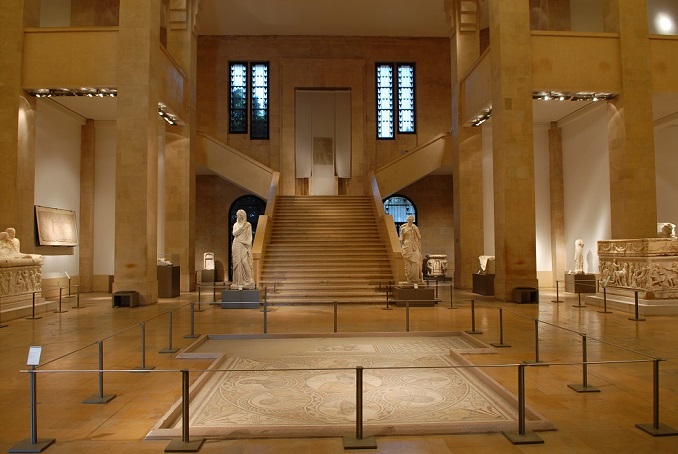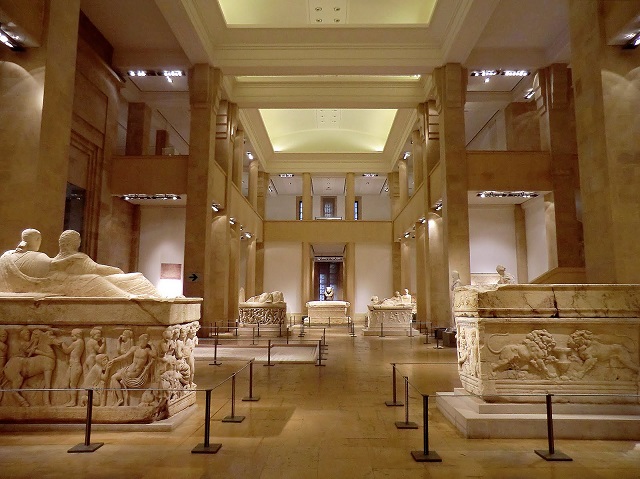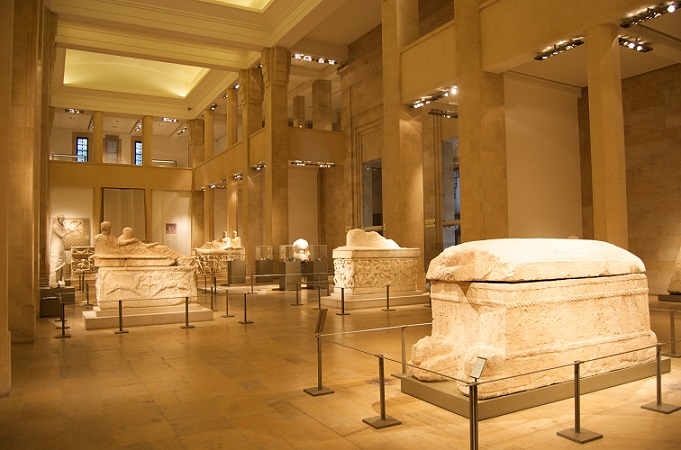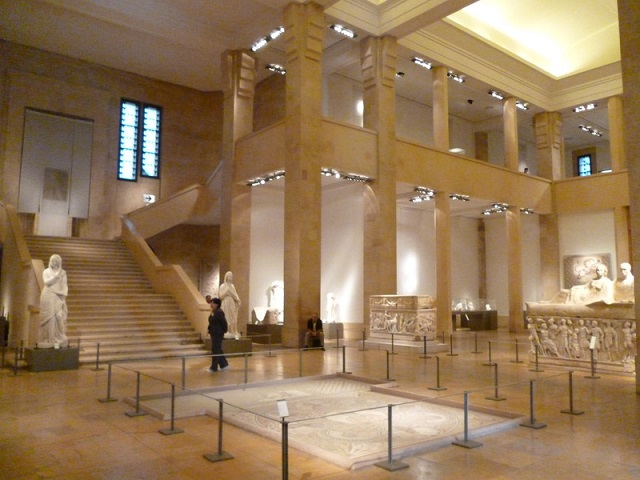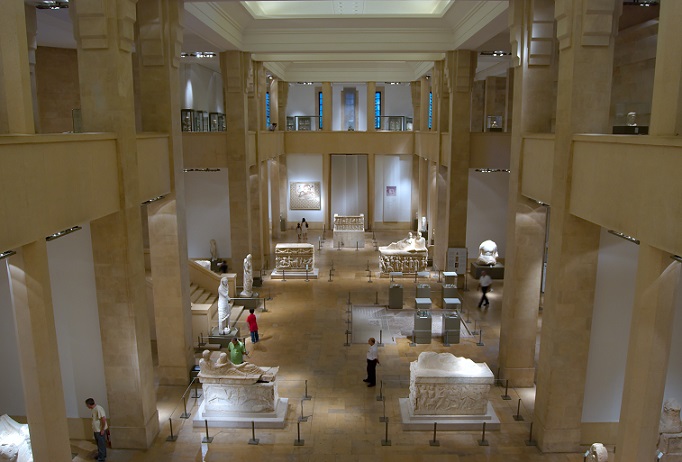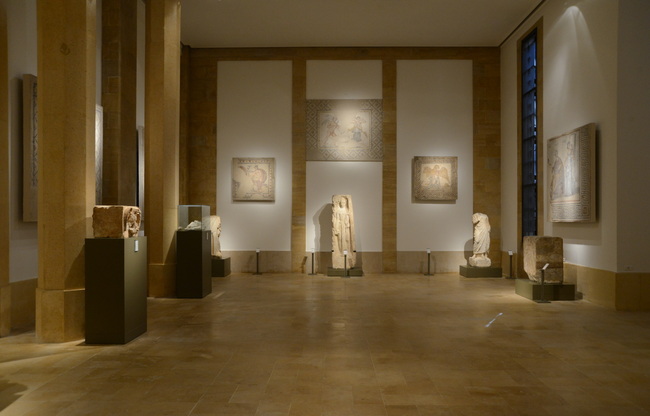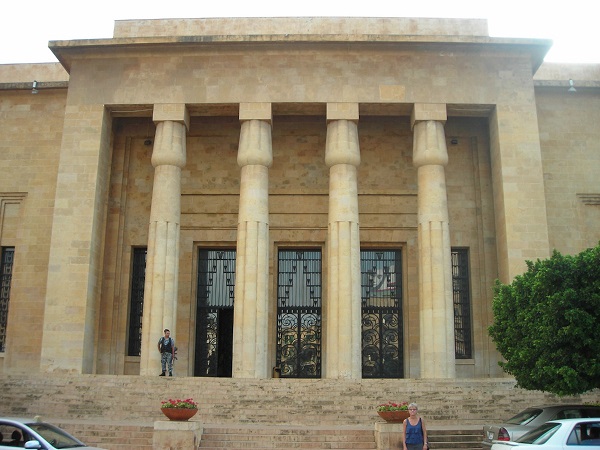National Museum of Beirut: Difference between revisions
No edit summary |
|||
| Line 12: | Line 12: | ||
<br> | <br> | ||
== Origins == | == Origins == | ||
In 1919, a small group of ancient artifacts collected by Raymond Weill, a French officer stationed in Lebanon, was exhibited at a provisional museum in the Kaiserswerth Deaconesses' building in Georges Picot Street, Beirut. Meanwhile, a forerunner of the Archaeological and Fine Arts Service began to assemble items from the region round Beirut. The initial collection was rapidly expanded under successive antiquity directors with the addition of finds from the excavations led by Dr. Georges Contenau at Saida and Ernest Renan at Saida, Tyre and Byblos. Donations of private collections included those of Henry Seyrig’s coin collection, General Weygand in 1925 and Dr George Ford, the Director of the American Mission School of Sidon, in 1930. | |||
<br> | <br> | ||
[[File:National museum of beirut02-Ent-GF.jpg]] | [[File:National museum of beirut02-Ent-GF.jpg]] | ||
Revision as of 12:54, 9 November 2014
Introduction
The National Museum of Beirut is the principal museum of archaeology in Lebanon. The collection was begun after World War I, and the museum was officially opened in 1942. The museum has collections totaling about 100,000 objects, most of which are antiquities and medieval finds from excavations undertaken by the Directorate General of Antiquities. About 1300 artifacts are exhibited, ranging in date from prehistoric times to the medieval Mamluk period.
During the 1975 Lebanese Civil War, the museum stood on the front line that separated the warring factions. The museum's Egyptian Revival building and its collection suffered extensive damage in the war, but most of the artifacts were saved by last-minute preemptive measures. Today, after a major renovation, the National Museum of Beirut has regained its former position, especially as a leading collector for ancient Phoenician objects.
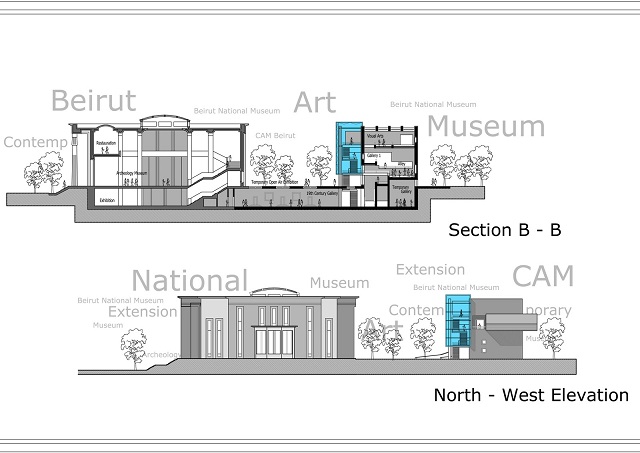
Origins
In 1919, a small group of ancient artifacts collected by Raymond Weill, a French officer stationed in Lebanon, was exhibited at a provisional museum in the Kaiserswerth Deaconesses' building in Georges Picot Street, Beirut. Meanwhile, a forerunner of the Archaeological and Fine Arts Service began to assemble items from the region round Beirut. The initial collection was rapidly expanded under successive antiquity directors with the addition of finds from the excavations led by Dr. Georges Contenau at Saida and Ernest Renan at Saida, Tyre and Byblos. Donations of private collections included those of Henry Seyrig’s coin collection, General Weygand in 1925 and Dr George Ford, the Director of the American Mission School of Sidon, in 1930.
